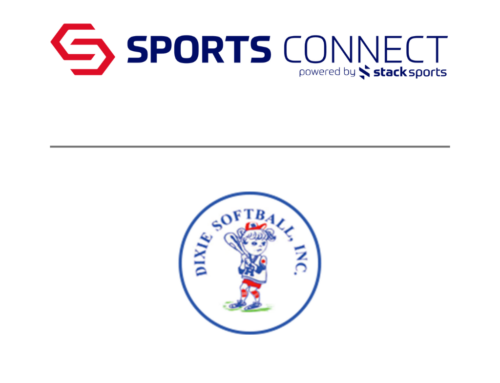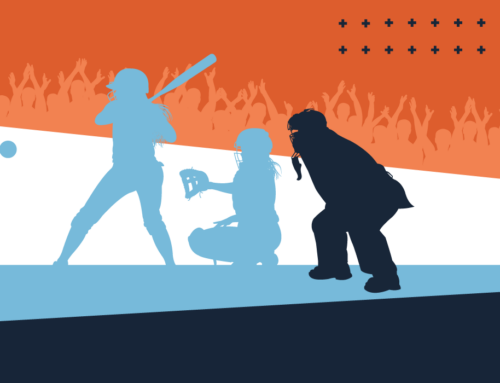3 Things to Do When You Notice Bullying
Playing sports and being part of a team is a valuable childhood experience. However, negative
behaviors like bullying can shift the team dynamic and have serious, long-lasting consequences
for the athlete being targeted.
By understanding what bullying is—and what you can do when you notice it occurring—you can
help make sport settings more inclusive, supportive, and safe for everyone.
What is bullying?
Bullying can take many forms from verbal name-calling to physical hitting, and sometimes it can
be hard to identify. Social bullying, such as spreading rumors or lies about a teammate, can
occur in person or online through text messages, email, and social media sites, while sexual
bullying involves targeting an athlete’s gender identity, expression, or orientation.
Mean or rude behavior may occur from time to time in the form of fights or conflicts on the
playing field. Bullying behavior, however, is repeated or severe aggressive behavior directed at
a minor.
It’s a fact that kids being bullied are less likely to tell an adult when they’re being harmed. This
is why parents and coaches need to recognize and respond to inappropriate
behavior—and stop it before it escalates into something more.
If you observe bullying, the first step is to intervene immediately. Separate everyone involved
and make sure everyone is safe. Then, follow these steps:
Parents:
- Remain calm and respectful. Controlling your emotions teaches athletes to do the same.
- Create a plan. Work with the coaches to come up with a plan on how to address bullying behavior–and reinforce acceptable behavior.
- Keep communication open. Check-in regularly with your child to find out if anything has happened to make them feel uncomfortable.
Coaches:
- Understand what happened. Talk with each person separately–those who bullied, the targets, and any witnesses. Make sure you speak in an area where you can be observed and interrupted by others.
- Praise positive behavior. Acknowledge and praise the team members who stand up to bullying behavior and report it to you.
- Reinforce expectations for appropriate behavior. Together as a team, go over acceptable and unacceptable behaviors.
Bullying behavior happens more often than we think, but caring and engaged parents and
coaches can help safeguard sports by speaking up when they see or hear inappropriate
behaviors or actions. If you witness bullying in action, you should always follow your
organization’s reporting policies and submit a report.
Learn more about how you can recognize, prevent, and respond to abuse and misconduct in
sports by visiting our Prevent Bullying in Sport landing page. To help create the most enriching
sports experience possible for athletes, visit our website for more tips, tactics, and tools on
abuse prevention at uscenterforsafesport.org.

Visit uscenterforsafesport.org to learn more.

The U.S. Center for SafeSport is a nonprofit organization created to respond to and prevent sexual, physical, and emotional abuse in the U.S. Olympic and Paralympic Movement, from which it is independent. The Center also trains and educates people and organizations at all levels to support sport and recreation settings across America that protect athlete well-being.



